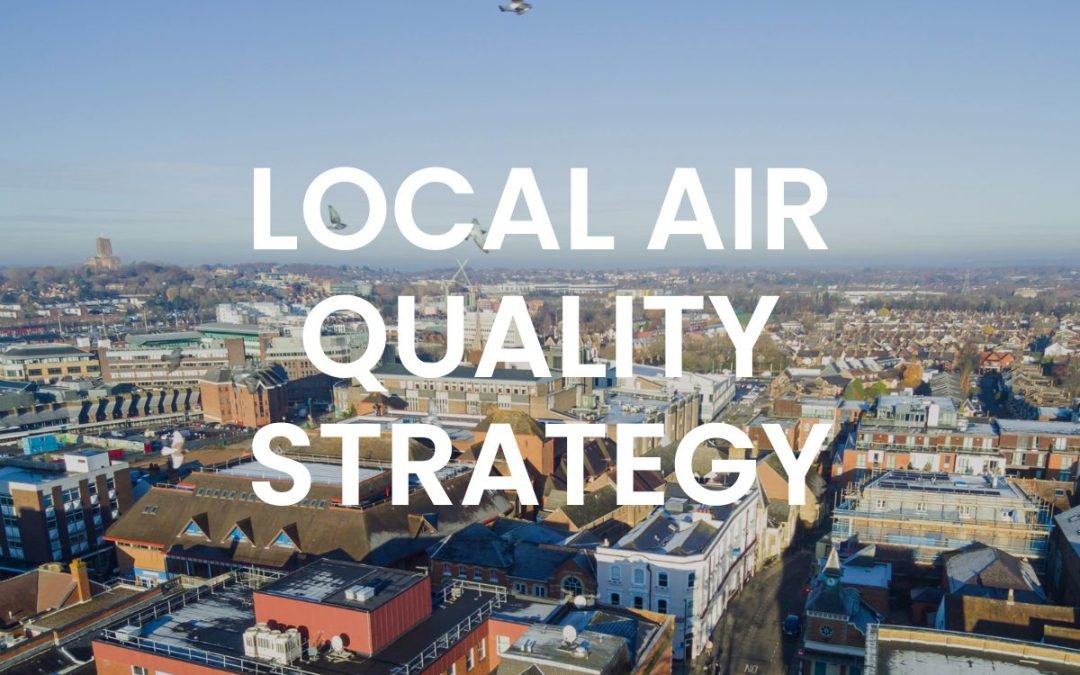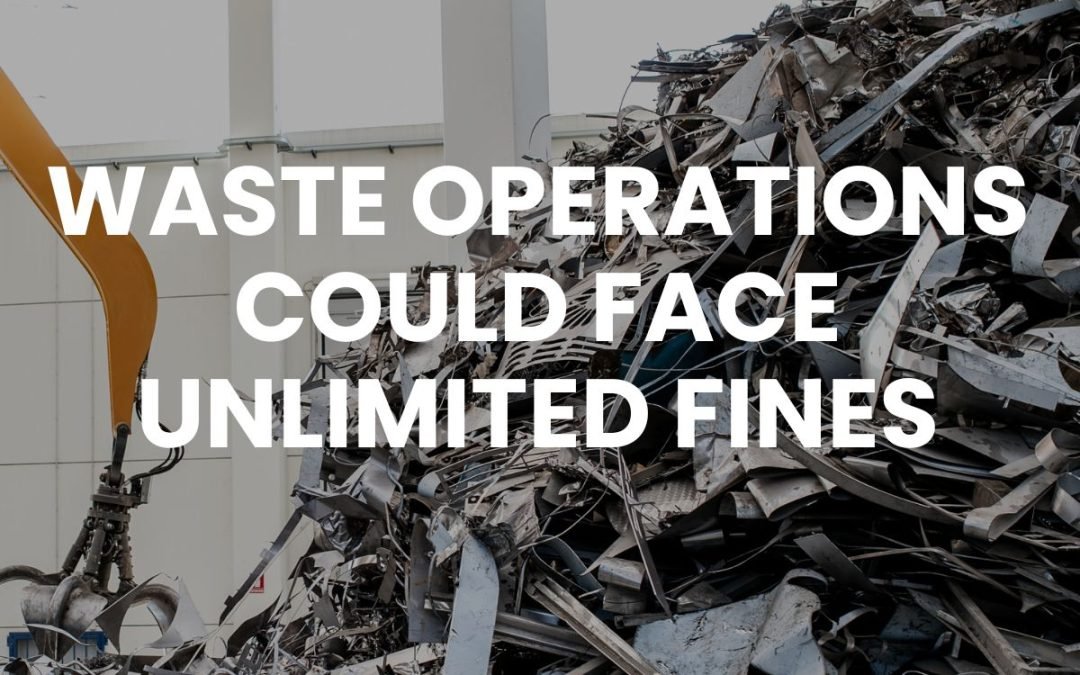As we discussed in our article last week, Ultra-Low Emission Zones are becoming and increasingly-used weapon in the arsenal of local authorities to tackle poor air quality in their area. Whilst our preference at EMSOL is for a market-first approach to tackling air quality, we cannot escape the fact that more local authorities are using ULEZs. Accordingly, we have to plan with that in mind.
The obvious question that we ask is that if a ULEZ is successful in reducing emissions to below legal limits, what impact does that have on our business? We are about mitigating the impact of vehicle fleets on local air quality to meet emission standards and FORS. So does a low emission fleet not mean our service is scuppered? Not necessarily.
The way we see it, there are 3 potential scenarios for the impact of ULEZs on EMSOL. The first scenario is a long transition into an ultra low emission fleet. Whilst an £8 a day charge is significant, so is writing off the capital cost of a vehicle asset that runs into the tens, if not hundreds of thousands of pounds. The most recent capital expenditure on vehicles may bear future emission standards in mind, but simply writing off the value of nearly-new freight vehicles that don’t quite meet standards may not be attractive. In many senses, this is the current situation, but with ULEZ legislation more extensively used.
In such a scenario, we may see a rationalisation of deliveries into fewer vehicles, and potentially larger vehicles. The impacts of these vehicles will still require careful management to meet the demands of FORS and local air pollution requirements.
The second scenario is similar to what initially happened with the introduction of the Congestion Charge in Central London. We would see a significant reduction in trips in the defined areas, and whilst a few roads may see slight increases in trips, the effect overall across the city is to see a reduction in trips. This will include a rationalisation of trips to and from construction sites, deliveries to local companies, and local authorities reducing their own deliveries and services. The ULEZs would work exactly as intended.
What makes this scenario different would be a more rigorous enforcement mechanism. As we have seen with the legal action taken by the likes of Client Earth, local authorities will have to demonstrate how they are enforcing the law on logistics companies. As a consequence, logistics companies will have to improve their reporting mechanisms to show their compliance with ULEZ requirements. Luckily, EMSOL provides an ideal fit for this!
The final scenario would be that the operators simply grin and bear the ULEZ charges until the market deems more energy efficient engines to be a competitive advantage outside of only legislative requirements. The costs of ULEZ charges and fines are simply passed onto customers, or the costs are saved through internal efficiencies within the companies themselves.
This scenario is clearly an undesired outcome from the perspective of the intent of ULEZs. In such a future, our strategy still focuses on reporting compliance and improvements in air quality performance. After all, there will still be companies that want to improve the air quality of our cities. However, operations (and subsequently our offer to logistics companies) remains the same.
Regardless of how we see the future impacts of ULEZs, what we can see is that there will always be a need for monitoring and compliance with legal and best practice emissions levels. Something that is at the core of our product offer, and will continue to be so in the future. Also, for every area that has an ULEZ, there are many more that will not be.





